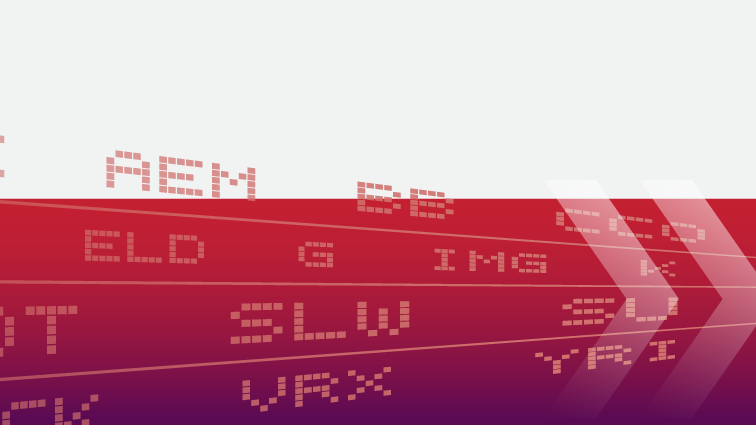Is the Bear Calling?

One can make the case that global markets have turned over and are now entrenched in a bear market phase. Global growth is slowing – particularly in China – and the eurozone collapsing under the weight of recession and political apathy. And while the US markets may be the best house in a bad neighborhood I see nothing that will stimulate economic activity until well after the election.
If you are the eternal optimist, you would argue that the market is a forecasting mechanism and the performance you are witnessing today is based on events the market expects to occur in the first quarter 2013. That might explain the US market’s resilience despite global pressures. On the other hand, even an eternal optimist recognizes that any such forecast requires one to handicap the outcome of US elections in which the Presidential race is too close to call. How do you handicap an event that will have very different implications for the US economy? Personally I see no argument that would convince me to swim against a bear market tsunami.
With that backdrop the next step is to examine strategy selection. The easiest approach is to buy puts. However, in a downward sloping market, volatility increases which pushes up the cost of an option. Making put buying inordinately expensive.
An alternative strategy is bear call spreads. These are limited risk credit spreads where the maximum return is the initial credit and the maximum risk is the difference in strike prices less the initial credit.
For example suppose we are considering a bear call spread on XYZ which is currently trading at $50 per share and the XYZ options are trading at a 50% implied volatility. The XYZ Sept 50 calls are trading at $3.75 while the XYZ Sept 55 calls are at $2.00.
I could enter a bear call spread by selling the XYZ Sept 50 calls and buying the XYZ Swept 55 calls for a net at $1.75. The net credit is my maximum profit while my maximum risk is $3.25 per share which is the difference in strike prices (i.e. 55 less 50 = 5) less the net credit received.
You might consider bear call spreads as a core strategy through the end of September.
President, CIO & Portfolio Manager
Croft Financial Group
Richard Croft has been in the securities business since 1975. Since February 1993, Mr. Croft has been licensed as an investment counselor/portfolio manager, operating under the corporate name R. N. Croft Financial Group Inc. Richard has written extensively on utilizing individual stocks, mutual funds and exchangetraded funds within a portfolio model. His work includes nine books and thousands of articles and commentaries for Canada’s largest media channels. In 1998, Richard co‐developed three FPX Indexes geared to average Canadian investors for the National Post. In 2004, he extended that concept to include three RealWorld portfolio indexes, which demonstrate the performance of the FPX portfolio indexes adjusted for real-world costs. He also developed two option writing indexes for the Montreal Exchange, and developed the FundLine methodology, which is a graphic interpretation of portfolio diversification. Richard has also developed a Manager Value Added Index for rating the performance of fund managers on a risk adjusted basis relative to a benchmark. And In 1999, he co-developed a portfolio management system for Charles Schwab Canada. As global portfolio manager who focuses on risk-adjusted performance. Richard believes that performance is not just about return, it is about how that return was achieved.
The information provided on this website, including financial and economic data, quotes and any analysis or interpretation thereof, is provided solely for information purposes and shall not be construed in any jurisdiction as providing any advice or recommendation with respect to the purchase or sale of any derivative instrument, underlying security or any other financial instrument or as providing legal, accounting, tax, financial or investment advice. Bourse de Montréal Inc. recommends that you consult your own advisors in accordance with your needs before making decision to take into account your particular investment objectives, financial situation and individual needs.
All references on this website to specifications, rules and obligations concerning a product are subject to the rules, policies and procedures of Bourse de Montréal Inc. and its clearinghouse, the Canadian Derivatives Clearing Corporation, which prevail over the content of this website. Although care has been taken in the preparation of the documents published on this website, Bourse de Montréal Inc. and/or its affiliates do not guarantee the accuracy or completeness of the information published on this website and reserve the right to amend or review, at any time and without prior notice, the content of these documents. Neither Bourse de Montréal Inc. nor any of its affiliates, directors, officers, employees or agents shall be liable for any damages, losses or costs incurred as a result of any errors or omissions on this website or of the use of or reliance upon any information appearing on this website.
BAX®, CADC®, CGB®, CGF®, CGZ®, LGB®, MX®, OBX®, OGB®, OIS-MX®, ONX®, SCF®, SXA®, SXB®, SXF®, SXH®, SXM®, SXO®, SXY®, and USX® are registered trademarks of the Bourse. OBW™, OBY™, OBZ™, SXK™, SXJ™, SXU™, SXV™, Montréal Exchange and the Montréal Exchange logo are trademarks of the Bourse. All other trademarks used are the property of their respective owners.
© 2024 Bourse de Montréal Inc. All Rights Reserved.
